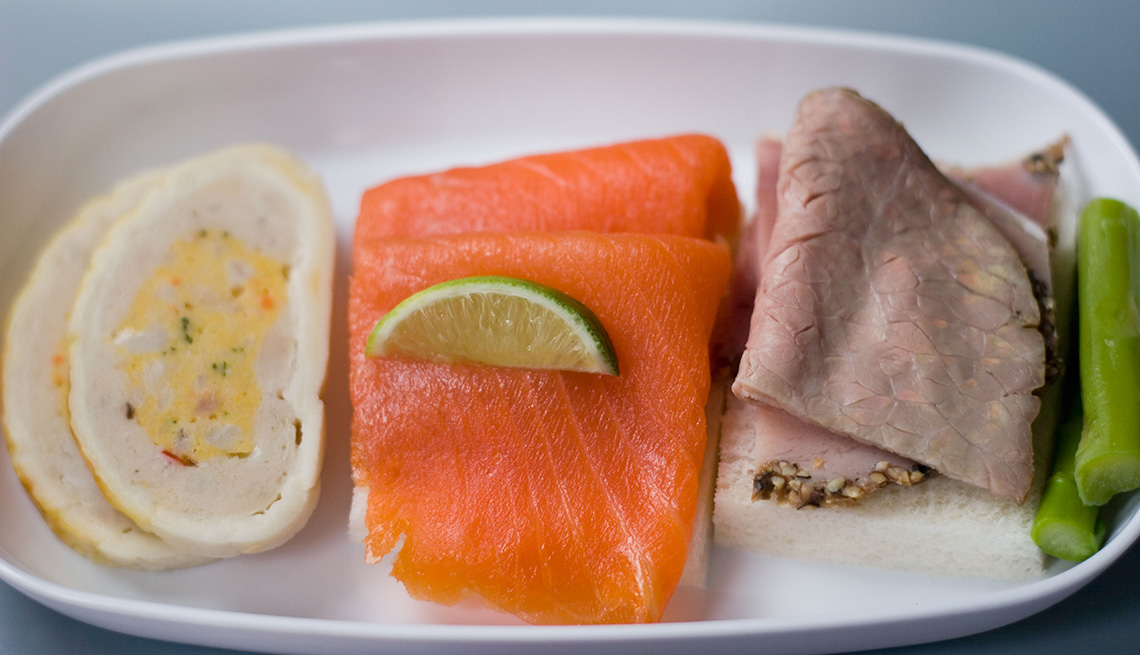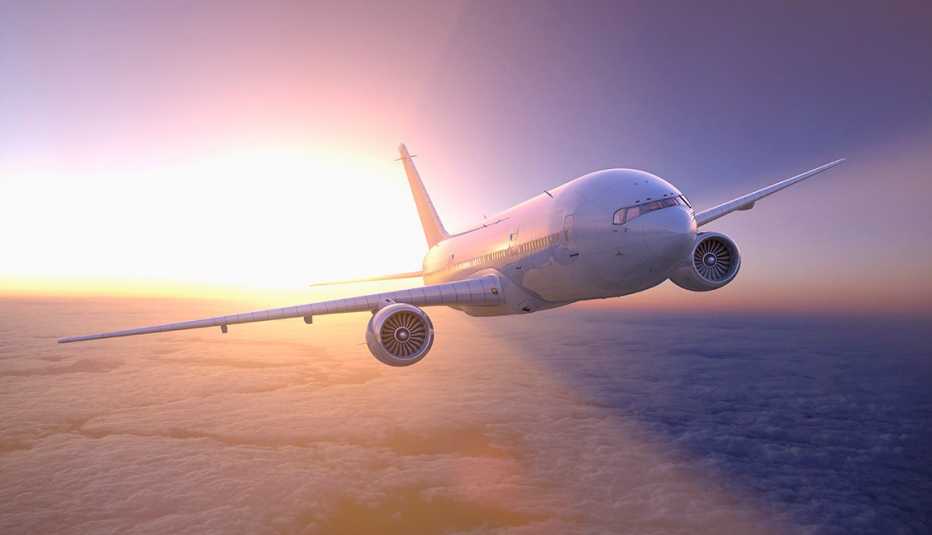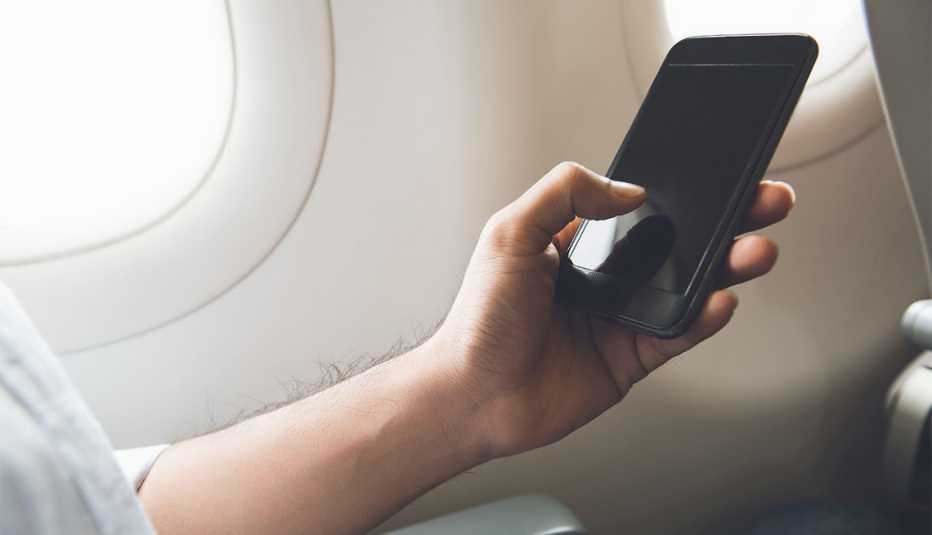Staying Fit
Whether you're taking a six-hour flight across the country, a nine-hour hop across the pond or an epic journey covering several time zones around the globe, what you eat and drink in the air will affect how you feel when you land. Here, nutrition experts offer advice on how to eat so you'll have more energy.
1. Eat Lean Protein
Airline food offerings can be meager, so bring meals with you for the best options. Include lean protein foods such as boneless, skinless chicken; turkey breast; hard-boiled egg whites; and lean fish such as tuna, says Charles Platkin, Ph.D., editor of DietDetective.com. "Fat will make you tired and groggy," Platkin explains, while protein will give you energy and keep you feeling full. (Consider using a freezer pack to keep food cool.)


AARP Membership— $12 for your first year when you sign up for Automatic Renewal
Get instant access to members-only products and hundreds of discounts, a free second membership, and a subscription to AARP the Magazine.
Other good sources of protein include roasted edamame, lean turkey or beef jerky, as well as those peel-and-eat containers of tuna or salmon. (Warning: They can be smelly.) Platkin advises avoiding processed and fried food, sugary items and white bread, because those foods may make you feel tired, unsettled and unsatisfied.
2. Drink Water
Pack a bottle and fill it after you go through security or buy a bottle on the concourse, says Dawn Jackson Blatner, a registered dietitian in Chicago and the author of The Flexitarian Diet. She says travelers should stay hydrated "before, during and after a flight" to ease jet lag and fatigue.
Platkin points out that "skin tone improves with adequate hydration," and that drinking plenty of water will help you look fresh when you land. Avoid alcohol and caffeine. Both can be dehydrating and can interfere with your sleep cycle, says Platkin. Alcohol also adds calories and "will make you feel sluggish."


































































